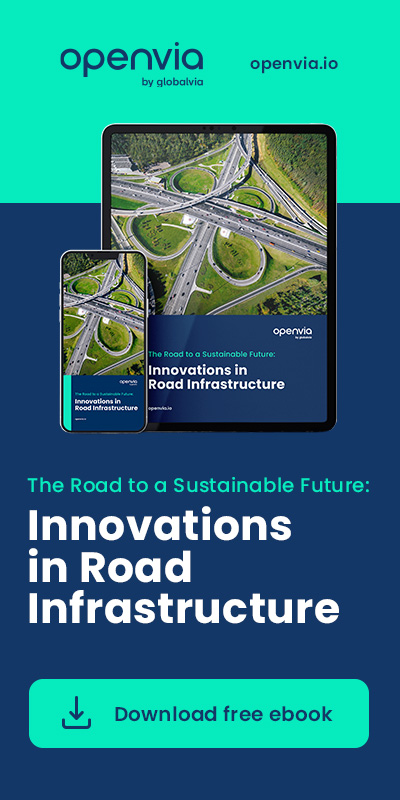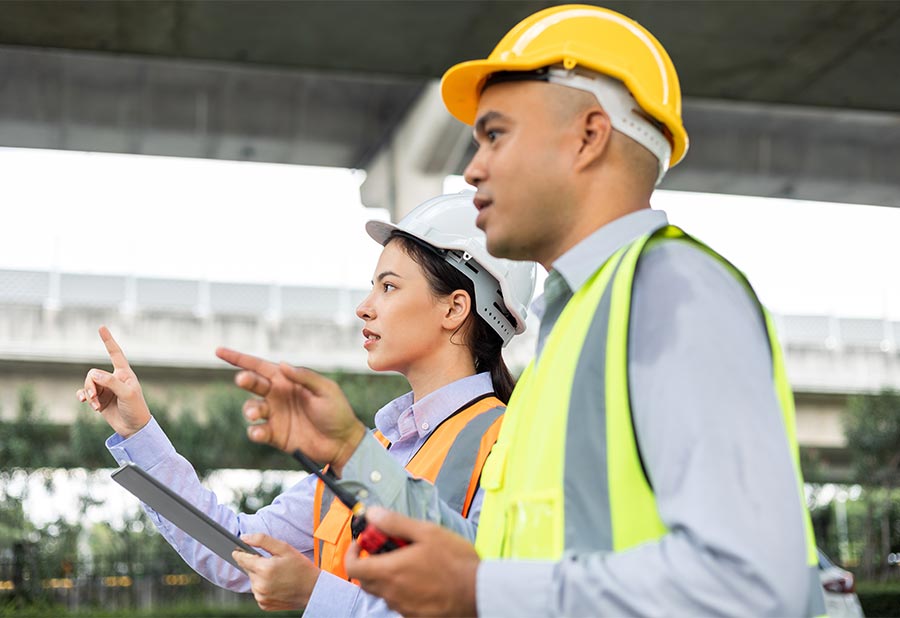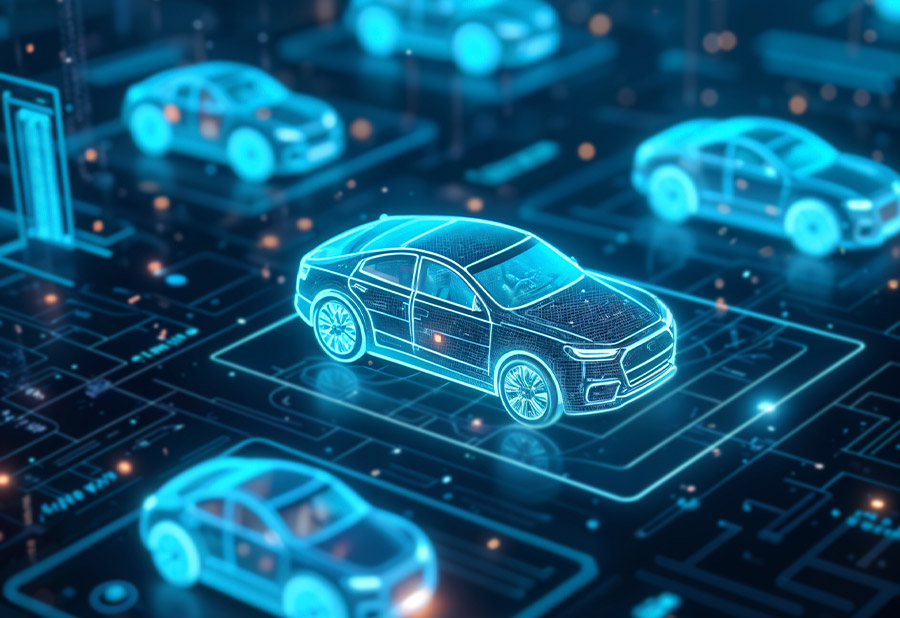As is happening in areas such as e-commerce, illustration and photography with new generative AIs such as Dall-E, and the audiovisual entertainment industry, technological advances will inevitably transform road traffic and transportation, and Mobility in a broader sense. Not only in what has to do with automobile safety, but also with the technologies implemented on the roads, with which technologies implemented on the roads that we will be living with over the next few years, and which will transform road traffic and and which represent a transformation of mobility and transport as we have known it up to now.
Nowadays, we are used to hearing terms such as smart cities (Smart CitiesWhat technologies are going to change the way we move around and use all types of vehicles?
In this article we want to discuss aspects such as the use of IoT/Big Data, 5G connectivity and also the so-called solar roads that, among other aspects, will revolutionize road driving in the coming years. All this not only to make life easier for drivers, but also to promote the sustainability of transport and greater road safety in the coming years.
What road technologies will revolutionize the future?
At Openvia we want to shed light on future forecasts with this article, which is why we explain in detail the technologies that we will see on the roads in the future and that we should all be aware of.
As experts, we consider these to be the innovations related to sustainable transport infrastructures. sustainable transportation infrastructure most disruptive in the coming years.
Next-generation road connectivity
The first technology is connectivity, or next-generation communications, between all elements of the road ecosystem between all elements of the road ecosystem: vehicles, regardless of type, infrastructure elements, the road operators themselves or the most vulnerable users -field operators, pedestrians, emergency services-. This technology, together with other technologies mentioned in the article, make up the idea and concept of intelligent roads (Smart Roads o Smart Corridors).
In the process of implementing this technology, 5G mobile communications and 5G mobile communications and, the recently started to be mentioned, 6G will be fundamental to establish the connection and communication between the vehicle and its road environment.. So devices and sensors deployed on the road or on-board vehicles will generate value by transmitting valuable information, in real time, to the vehicle’s environment., on aspects such as traffic levels or road conditions.
In addition, Vehicle-to-Everything (V2X) Vehicle-to-Everything (V2X) protocols protocols will facilitate the connection of vehicles with all elements with the aim of improving road safety. Within this type of technology there are, in turn, others such as V2I – between vehicle and infrastructure, V2N -between vehicle and mobile network V2V-between vehicles- or V2P- between vehicle and pedestrian.
Do you want to know more about Mobility and Sustainability?
Mass sensing of road infrastructure elements
Related to the above technology, in the coming years, massive sensorization of road infrastructure elements will be required. mass sensorization of road infrastructure elements through the Internet of Things (IoT) in order to be aware of the health and condition of the road infrastructure. What benefits will this massive sensorization and amount of data have for operators and users?
Road sensors connected to vehicles will make it possible to continuously monitor data on the state of maintenance of road infrastructure elements over time. road infrastructure elements: viaducts and critical elementsThe sensors on roads connected to vehicles will make it possible to continuously monitor the state of maintenance of road infrastructure elements: viaducts and critical elements, wearing course and pavement defects, signaling elements regulating traffic, etc.
The exhaustive knowledge of the state of road infrastructure elements, generated from Big Data (huge amounts of data), and curated and analyzed through Artificial Intelligence, will allow road operators and related agents, to carry out a more efficient operation, to be able to apply predictive maintenance philosophies to infrastructures, further improving road safety levels and being able to offer road users better services and an experience more in line with their new needs that new innovations, such as autonomous vehicles will create in society.
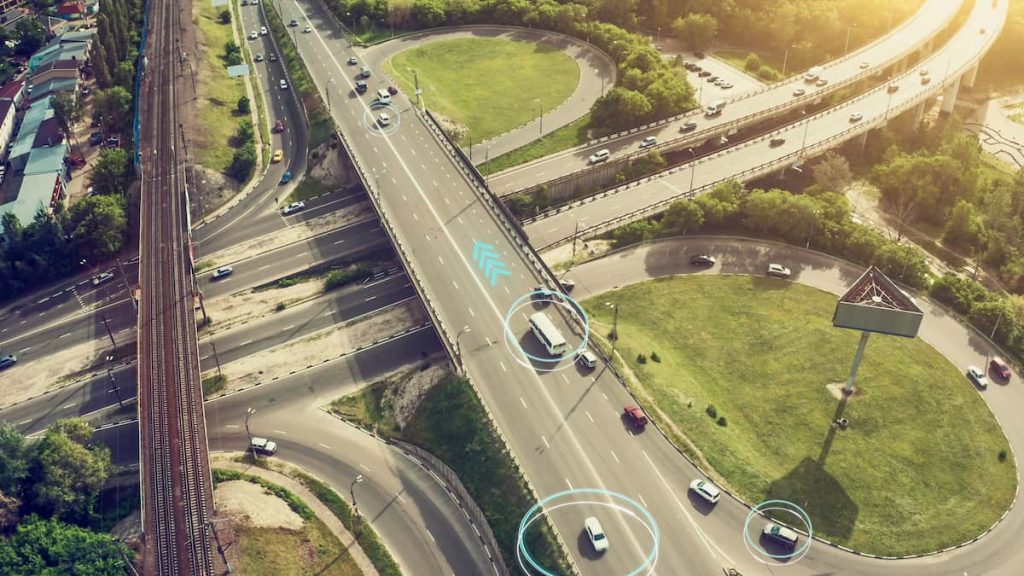
Intelligent intersections
The fourth of the technologies that will revolutionize roads and mobility is related to smart intersections. smart intersections. The road intersections are those elements of the road and transportation infrastructure where two or more roads intersect. Therefore, they are accident-sensitive elements and require much higher safety and control than other roadway elements.
In this context, smart intersections or intelligent intersections are intended to reduce accident rates on conventional roads by means of V2X technology. V2X technology. Specifically, with sensor systems, such as radars or cameras, and with variable signals that detect if there are vehicles near the intersection and thus send warnings to the others circulating on the main road.
The elements that make up smart intersections on highways are:
- The Dynamic Warning Signs both textual variable signage, such as traffic lights and other signs. This can include sending information directly to users who are connected and can warn them, based on their location, of dangers or recommendations.
- The Data Processing Stations, which receive the information from the sensors installed on the roads and process it to manage the signaling or send the information.
- The Approach and Detection Sensors, which are placed at key points on the roadway and send the information to the stations.
Digital twins based on BIM methodology
As the fifth technology that will dominate the future of roads, we highlight the so called digital twins based on the BIM methodology (Building Information Modeling), which are virtual representations of an object, in this case, of road infrastructure, but also of factories, service stations, etc. Its development as a disruptive technology in the roads of the future will allow operators to manage their infrastructure in a more efficient, sustainable and safe way, as well as to improve road safety or other possible risks.
Thanks to virtual replicas, it is possible to simulate the maintenance of roads and the operation of other technologies and then configure and use them more efficiently. The simulations of the digital twins of the road infrastructures allow a preliminary work of the operation and subsequent management of roads, tunnels, bridges, traffic signs, among others.
All this will not only allow the operation tasks to be more efficient but also, very importantly, will allow the operator to reduce the response time to events thanks to the foresight and previous training regarding certain operational or maintenance processes.
Solar roads
Sustainability is a key issue when it comes to road operations in the coming years, hence the search for ways to reduce the carbon footprint of the operator’s activities and, ultimately, the use by road users. From self-generation solutions to efficient energy transfer from the infrastructure to the flow of vehicles.
The first group includes the solutions of the «solutions for the «solar roads».But what are we talking about when we talk about solar roads? They are those whose pavement is literally made of solar panels, protected and resistant to all types of vehicular protected and resistant to road traffic of all types of vehicles.
In other words, photovoltaic solar energy is not just a matter of energy saving in buildings, where its use is best known. On roads, solar panels transform solar energy into electricity and their use can be varied: from the construction of recharging points for electric cars driving on the roads to their own lighting.
At present, there are solar road projects in countries such as the United States, France, Holland and China. And, although it is true that its implementation and extension is expensive or that light collection may not be total, it has a number of advantages:
- The generation of clean energy by taking advantage of space-saving roadways.
- Bringing cheaper electricity to locations near the tracks: e.g., gas stations or service stations.
- Reduced maintenance of roads and asphalt in the long term because solar panels have a lifetime of at least 20 years with very little need for maintenance.
- With inductive charging it is even possible to charge electric cars by using conductive coils that create magnetic fields in connection with the vehicles.
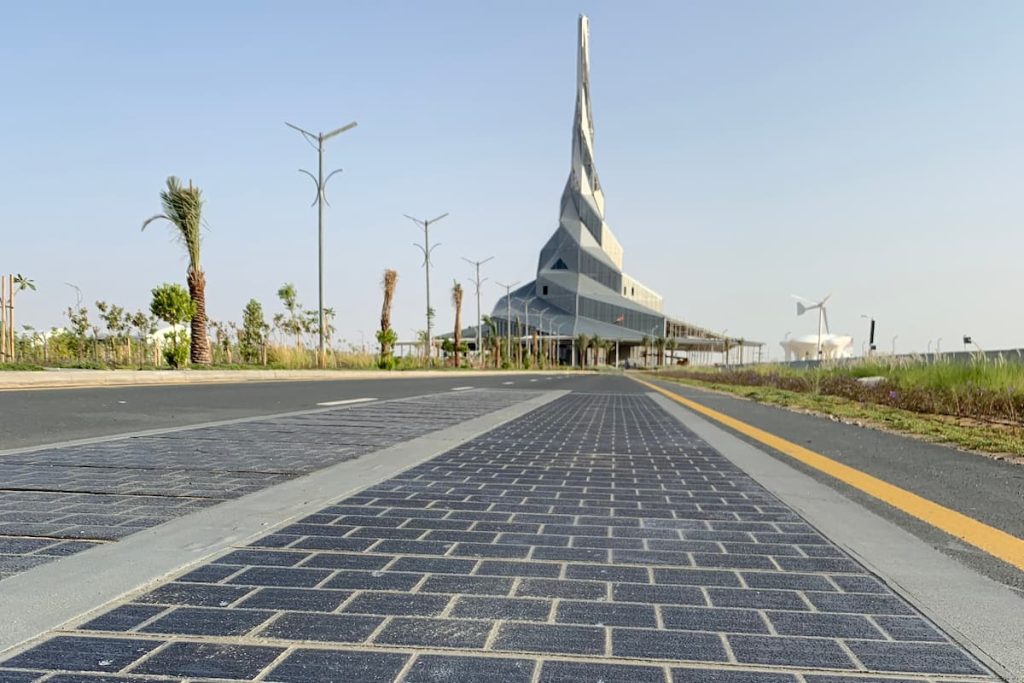
Conclusions on advances in road technologies
With these five technologies that will revolutionize the future of roads, there is one thing to keep in mind: their aim will be to improve the safety of drivers and pedestrians, to improve the day-to-day operations of road operators, and to promote sustainability and energy efficiency. The mobility of the future must be sustainable and the Information and Communication Technologies (ICT) present in these developments will be an important part of it.
At Openvia we are committed to everything that involves progress towards more efficient societies and more sustainable and safer mobility on roads and in cities. Therefore, we develop different solutions to achieve these objectives. An example of thiss is Geomic by Openviaa platform that provides infrastructure operators with all the necessary tools to effectively manage all O&M tasks on their roads throughout the entire lifecycle of the road.
The technologies that we will be using on the roads in the future are here to stay., facilitating and improving the mobility of society. It is important to know them, get used to them and take advantage of their benefits as operators, drivers, users or pedestrians. And at Openvia, as an actor and partner in the world of mobility, we strive to offer disruptive and safe technological solutions for the whole society, in our eagerness to achieve a beneficial and unstoppable digitalization.
